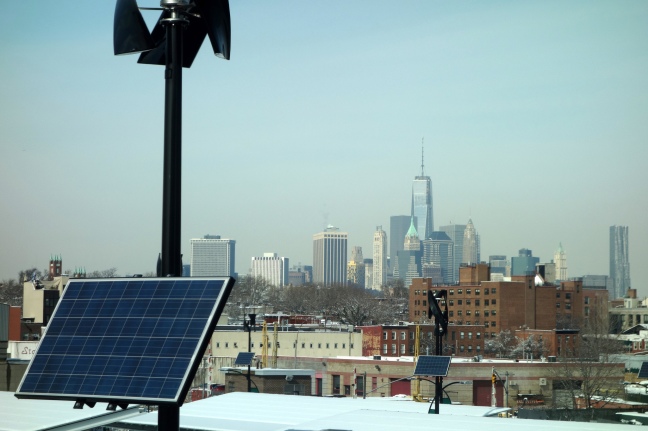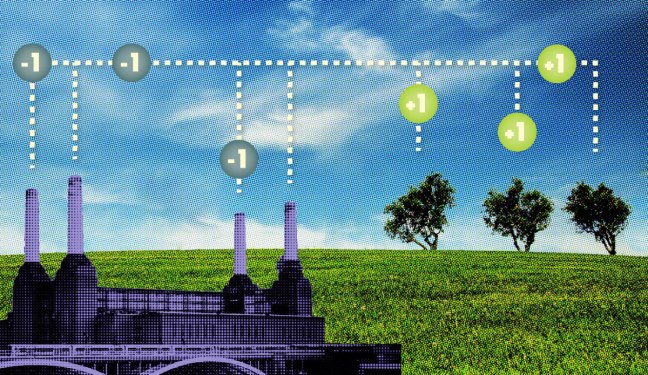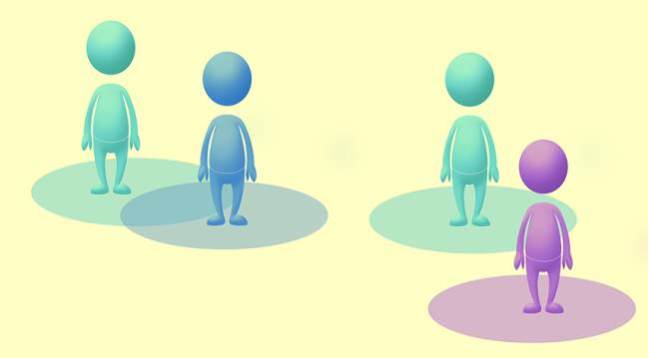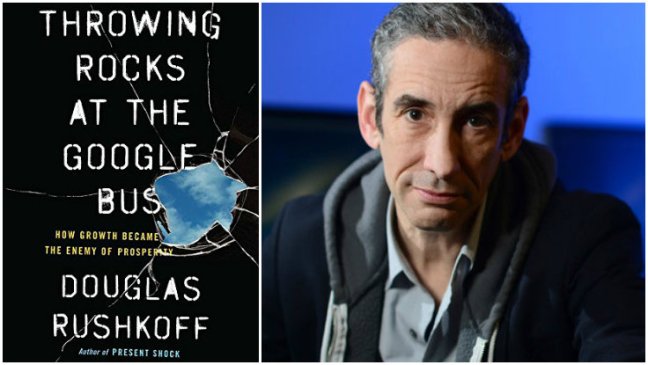For all the excitement surrounding blockchain technology, one of its greatest potentials is the ability to craft distributed, custom value flows. In a blockchain-enabled world, peer-to-peer exchanges and microtransactions flourish. Strenuous accounting routines are made trivial by blockchain’s ability to track the history of unique digital assets.
The related applications for finance and payment infrastructure are clear; however, more radical changes occur when users are able to define value flows that are decoupled from traditional monetary exchange. With an application-based blockchain such as Ethereum, users can specify (and reliably keep track of) transactions and equity through the use of customized smart contracts.
Let’s take energy infrastructure as a primary example.
Traditionally, the means of energy production and distribution are centralized by service providers, which provide quality control and ease of use. However, in the face of growing public interest in renewable and resilient energy sources, preexistent infrastructure is inflexible and resistant to change.
Microgrids are one solution that provide resilience in the face of extreme weather events that might disrupt a region’s primary energy grid. If the main grid is shut down by flooding, a distributed energy resource (DER) can provide electricity to essential community buildings on the microgrid such as hospitals, grocery stores, and schools. As an energy solution, microgrids predate blockchain technology. However, blockchain technology expands the potential of microgrids so that energy production and distribution can be customized and hyperlocalized.
Transactive Grid is a partnership between LO3 Energy and Consensys, which is developing a peer-to-peer renewable energy network in the Park Slope and Gowanus neighborhoods of Brooklyn. Making use of the Ethereum blockchain, smart meters, and a bidirectional grid, energy production and usage is reliably tracked; and solar energy can be securely bought and sold between neighbors. Transactive Grid hopes to develop an interface that would allow users to specify their energy preferences.

Herein lies the power of blockchain-enabled distributed energy. Individuals and collectives can design energy exchanges that prioritize sustainability, community development, or philanthropy over profit. For example, an energy producer can specify that 50% of their surplus solar energy is sold to the highest bidder on the block and the other 50% goes to low-income community members. Of course, this process is automated by an Ethereum smart contract, which handles optimization and individual transactions.
In the words of Lawrence Orsini, principal and founder at LO3 Energy, the technology is less profit-driven and more “a representation of how much I care. How much do I care about the local community? How much do I care about the economy? How much do I care about the environment? So you make those choices and in the back end, the fuel mix is lined up to represent those choices” (APPA).
At its core, blockchain is a backend technology that is inherently transparent, secure, and can be configured to operate at a large scale with incredibly low transaction fees. Moving away from a single, established record keeper provides greater flexibility and clarity, and it allows users to interact on their own terms. In the case of Transactive Grid, energy service is transformed from an abstract logistical process into a human one. Energy and wealth are circulated within the community.
Although Transactive Grid is still in its early stages, their grand vision is not so far off. A proof-of-concept has been implemented on a small-scale; five homes equipped with solar panels have been configured to sell their surplus energy to other homes on the Brooklyn Microgrid. Transactive Grid is also partnering with the city of Brooklyn and its residents, as well as established services like EPA and ConEdison.
Images courtesy of Nick Normal via Flickr and John Lilic via Slideshare






